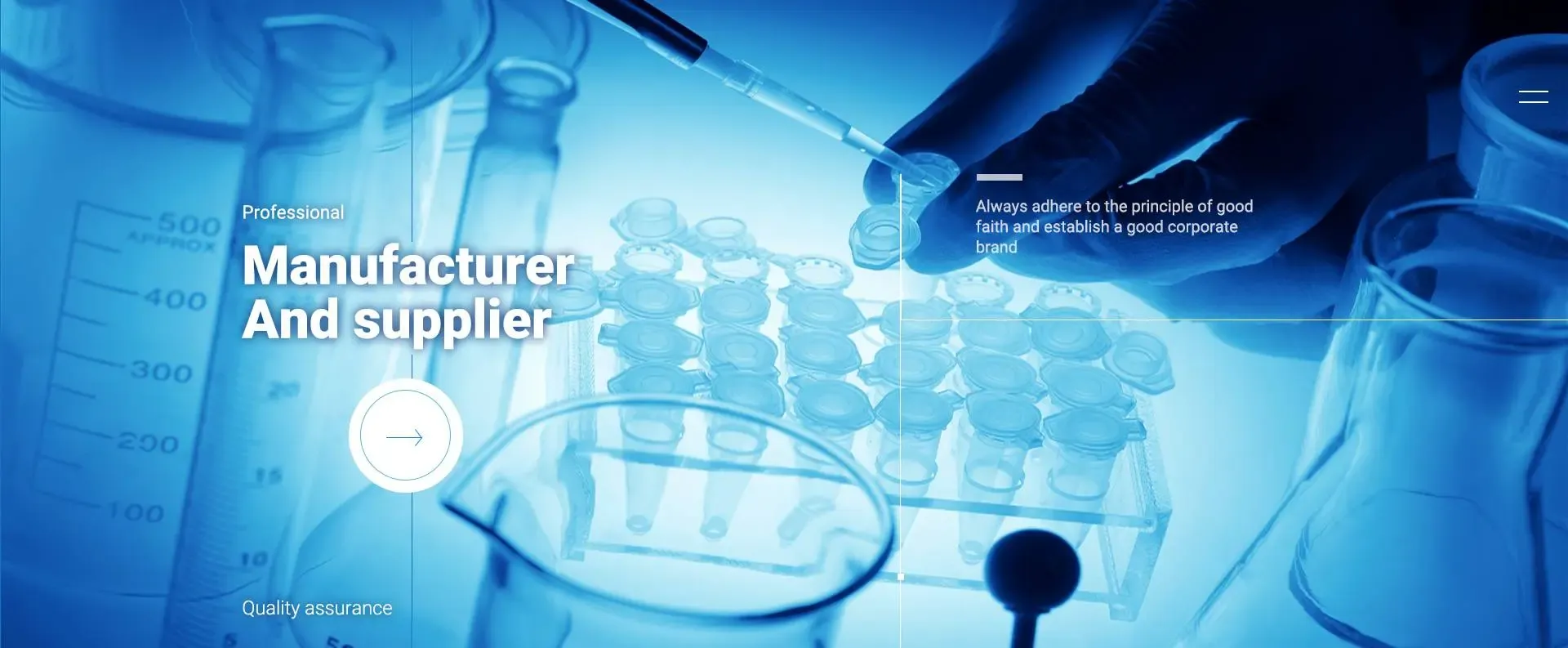



water treatment for closed loop hydronic systems
Water Treatment for Closed Loop Hydronic Systems
Closed loop hydronic systems are widely utilized in heating and cooling applications, ranging from residential buildings to large commercial facilities. These systems use water as a heat transfer medium to efficiently distribute thermal energy. However, maintaining the water quality within these systems is paramount to ensuring optimal performance, longevity, and energy efficiency. This article delves into the necessity of water treatment in closed loop hydronic systems, the common issues faced, and the strategies employed to mitigate them.
One of the primary concerns in closed loop systems is the presence of contaminants. Over time, water can accumulate various impurities that may lead to corrosion, scale formation, and microbiological growth. These contaminants typically include particles from piping, dissolved oxygen, and chemicals introduced during the fill process. If not controlled, these impurities can severely impair the system's efficiency and lead to costly repairs or replacements.
Corrosion is often caused by the presence of oxygen or other corrosive elements in the water. It can lead to the degradation of metals in pipes, fittings, and heat exchangers, resulting in leaks and system failures. Scale formation, primarily caused by mineral deposits, can build up on heat exchangers, reducing heat transfer efficiency and increasing energy costs. Microbial growth, including bacteria and algae, can also flourish in warm environments, leading to fouling of components, reduced flow rates, and potential health hazards.
water treatment for closed loop hydronic systems

To combat these issues, several water treatment strategies can be implemented. The first step is to appropriately fill the system with treated water. Using purified water, such as deionized or distilled water, can minimize the introduction of undesirable minerals and contaminants. Additionally, the use of a water treatment chemical program is crucial. This involves adding corrosion inhibitors, biocides, and scale inhibitors to the water. Each of these chemicals serves a specific purpose, helping to maintain the stability and quality of the water while also protecting system components.
Regular water testing is another essential practice in maintaining closed loop hydronic systems. Periodic analysis of water quality can help identify changes in pH, conductivity, and levels of particular contaminants. This information is invaluable in determining whether additional treatment or adjustments are needed. Maintenance schedules should also include flushing the system to remove any accumulated sediments and deposits, thereby enhancing overall efficiency.
Moreover, employing automated monitoring systems can provide real-time data on water quality and system performance. These devices can detect anomalies and help manage the water treatment regimen more effectively. By being proactive and implementing these technologies, facility managers can ensure a consistently high level of system operation.
In conclusion, effective water treatment is critical for the long-term health and efficiency of closed loop hydronic systems. By addressing potential contaminants through initial water treatment, regular monitoring, and using appropriate chemicals, facilities can prevent issues such as corrosion, scaling, and microbial growth. This proactive approach not only enhances performance and extends the lifespan of system components but also contributes to energy efficiency and cost savings in the long run. Investing in water treatment is an essential step toward maintaining an efficient and reliable hydronic system.
-
Leading Washing Powder OEM Brands | Custom Private Label DetergentNewsSep.01,2025
-
High-Purity Strontium Chloride (SrCl2) for Lab & IndustryNewsAug.31,2025
-
Anhydrous Formic Acid 80% 85% 94% - High Purity SolutionsNewsAug.30,2025
-
Accurate Fire Assay Flux for Gold & Silver Ore AnalysisNewsAug.29,2025
-
Advanced Paint Chem Solutions: Quality Chemicals for CoatingsNewsAug.28,2025
-
Potassium Nitrate: The Ultimate Fertilizer for Agriculture and GardeningNewsAug.25,2025
-
Potasium Persulphate: A Versatile Chemical for Industrial ApplicationsNewsAug.25,2025










